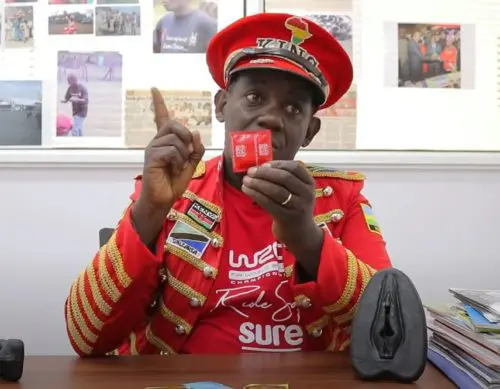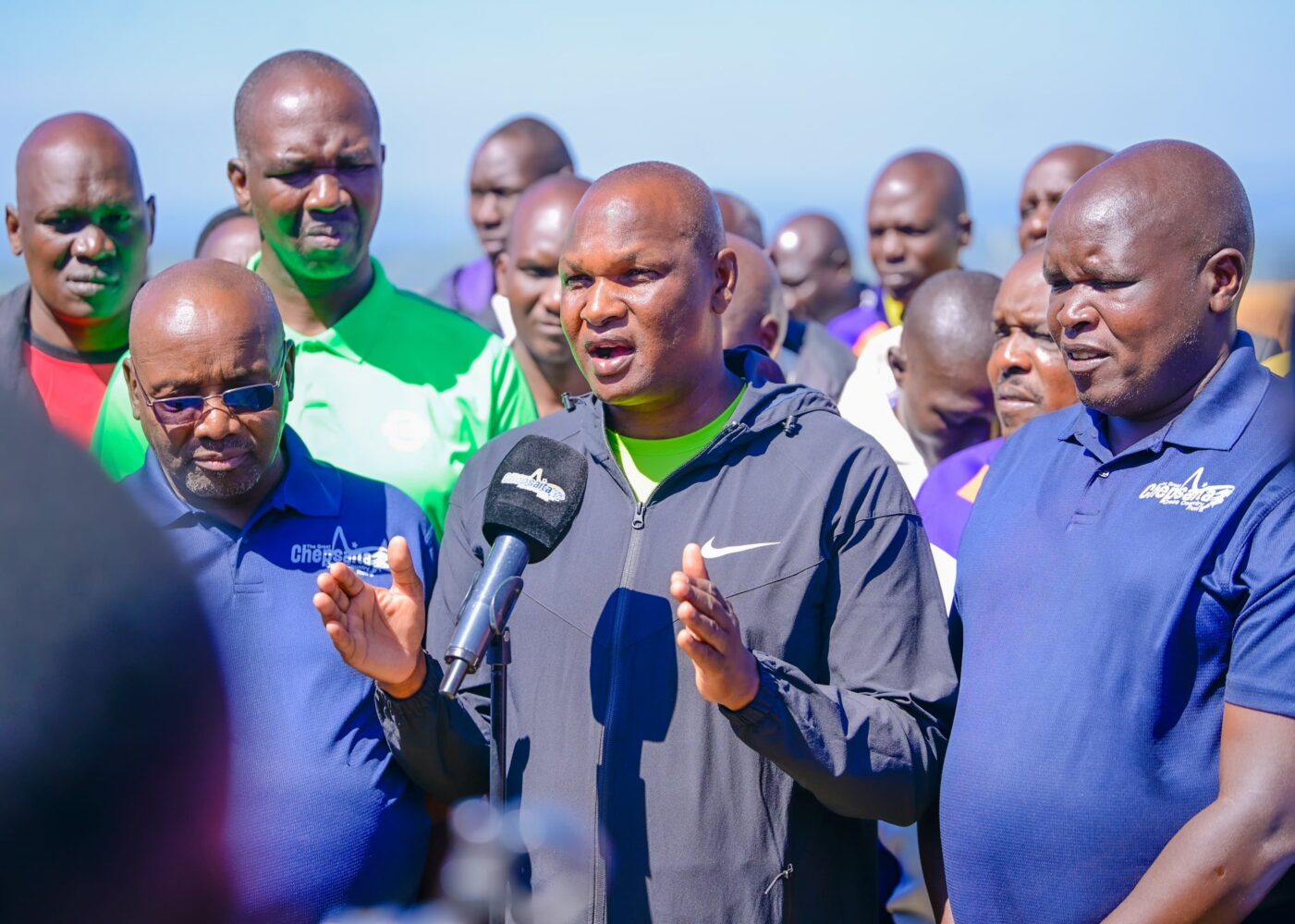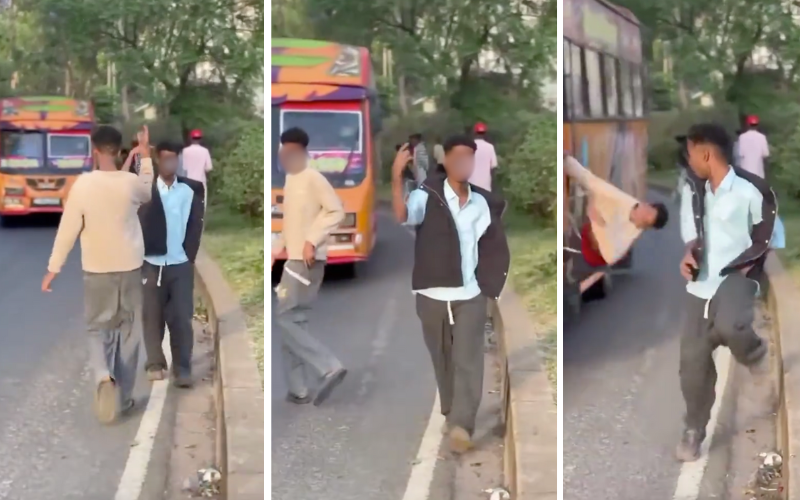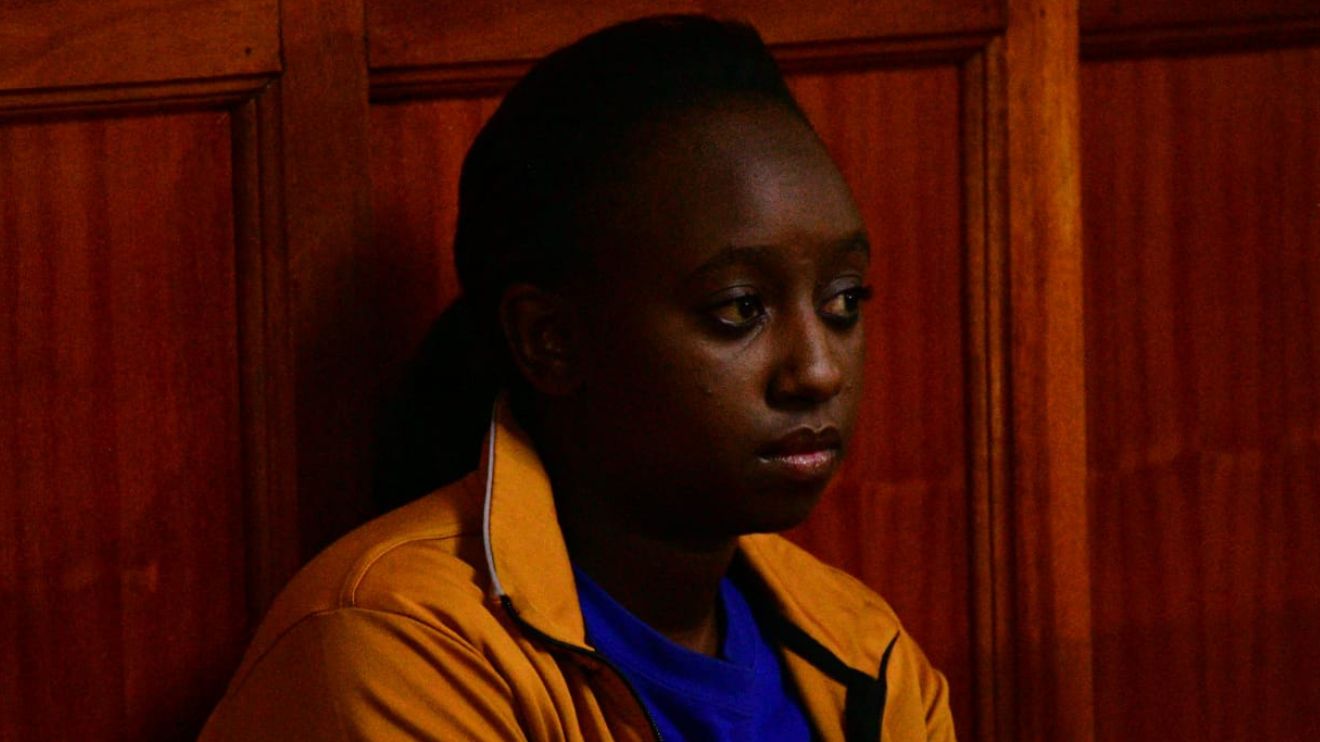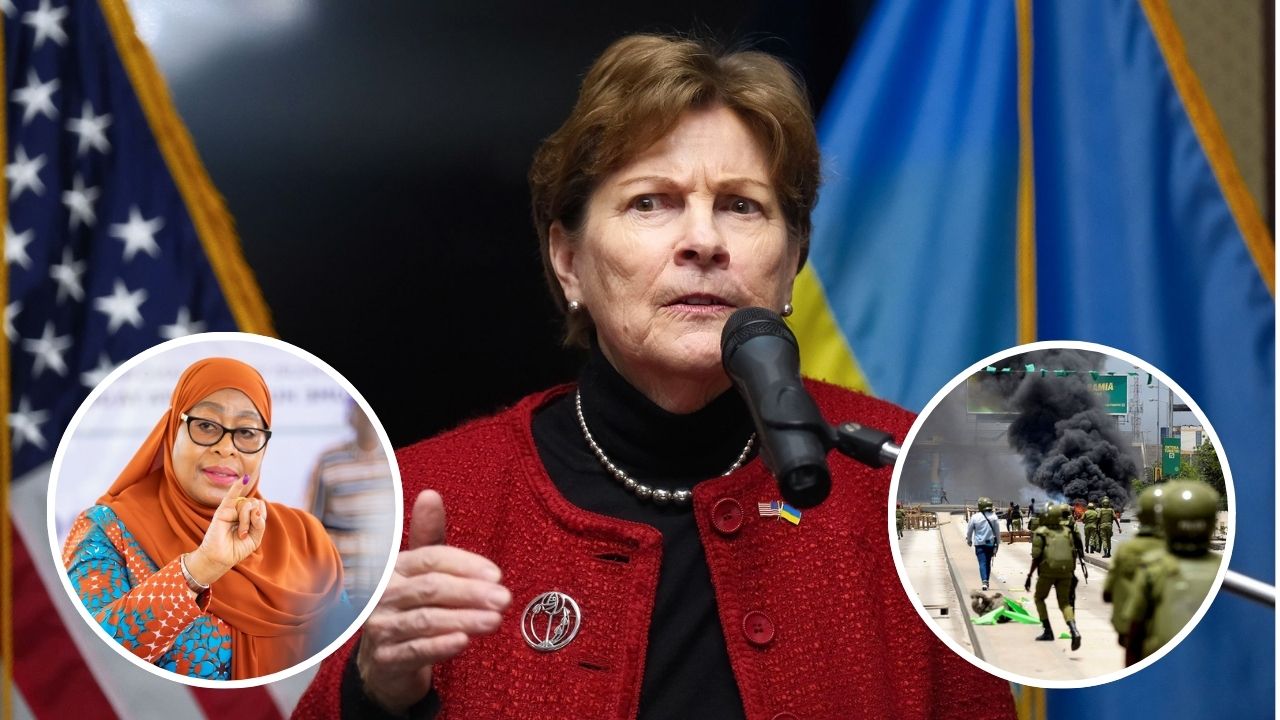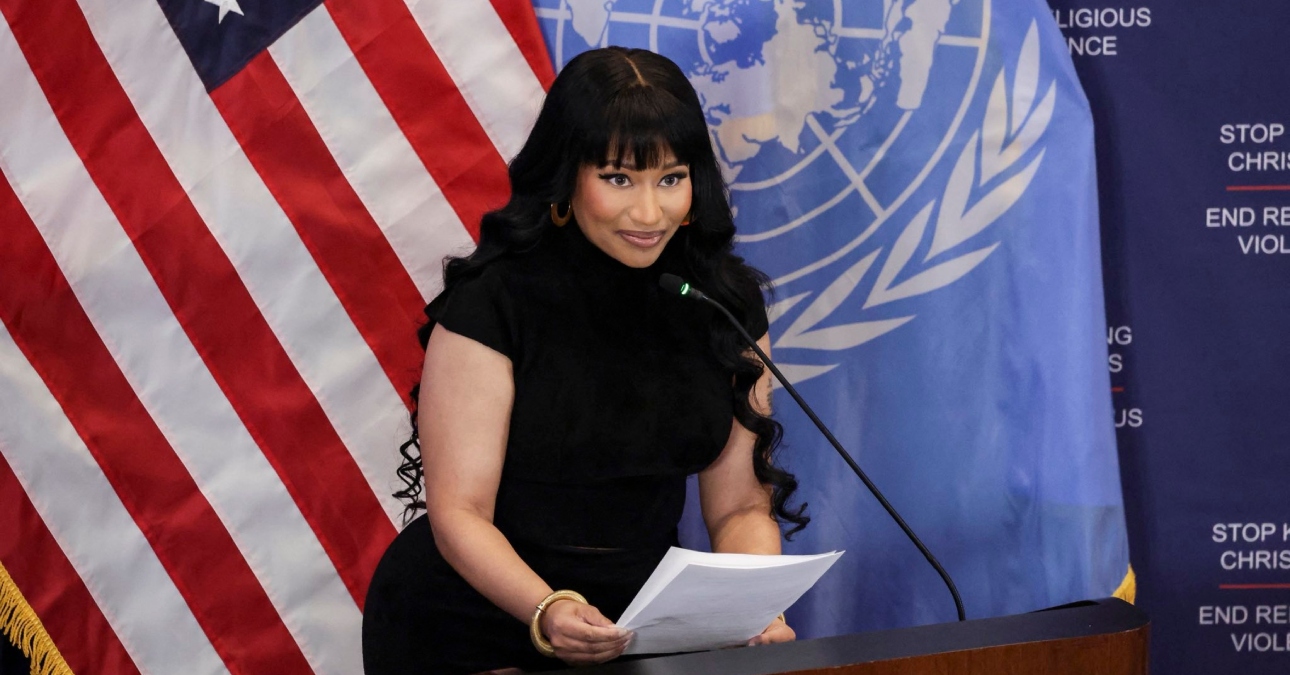Amongst us, there are some people who believe HIV is no longer a major issue, with its stories often overlooked.
However, global organizations like UNAIDS report that HIV remains a leading health challenge, affecting millions of lives each year.
In Kenya, research shows that adolescents and young adults between the ages of 15 and 24 are the most vulnerable to new infections. If you fall within this age group, it’s essential to ask yourself: Do you know your HIV status?
Young people are often curious and inclined to experiment with sexual activity, sometimes without adequate sex education.
If abstinence isn’t your choice, it’s crucial to know that condoms are one of the most effective ways to prevent HIV and sexually transmitted infections like gonorrhea and chlamydia.
Yet, many individuals are unaware of the correct way to use condoms, which involves seven essential steps. Without this knowledge, the risk of transmission increases significantly.
A key reason for the high rate of undiagnosed HIV among youth is the lack of awareness and low testing rates.
Barriers such as poverty, limited healthcare access, stigma, and misinformation can discourage young people from getting tested.
For instance, fear of judgment from peers or healthcare providers may prevent individuals from seeking help. Adolescents, especially, may worry that testing will expose their sexual behavior to family and friends, leading to unwanted scrutiny and social stigma.
Improving youth access to sexual health education and HIV testing is essential. Schools should provide comprehensive sex education, while healthcare facilities must offer youth-friendly services.
Overcoming the fear of a positive diagnosis is crucial, as early detection allows individuals to receive the necessary care and live healthy, fulfilling lives.
Reducing stigma and empowering young people can create a supportive environment where testing becomes a norm rather than a fear.
Peer-led programs and teen activists play a vital role in promoting regular testing and educating their peers about HIV prevention.
By breaking down barriers, raising awareness, and encouraging open conversations, young people can lead the charge in reducing HIV infections and supporting those living with the virus. Together, we can move closer to ending this global health challenge.


